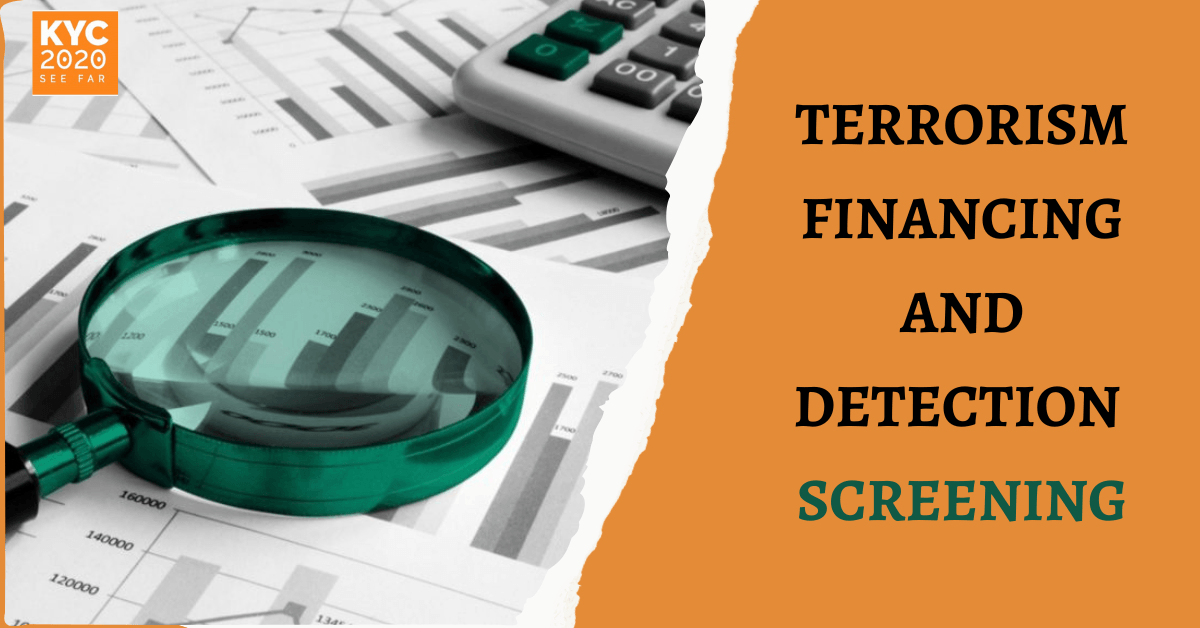At the first ever Canadian Regtech Association (CRTA) event, attendees watched a variety of presentations related to Regtech. One of these topics included cases for utilizing AI and Machine Learning to reduce the burden of AML compliance.
Use Cases Included:
- CIBC presenting a use case for AI/ML for streaming the onboarding process to near 89% that of human capabilities.
- KYC2020 use case on how using its DecisionIQ reduced the overall burden of reviewing false positives from 8 hours down to 30 minutes.
- AML professionals reported that AI/ML from AML had many applications in non-compliance functions including training, marketing, sales, and improved customer service.
- That all solutions are not a 100% replacement of human functions, rather, and an enhancement to extend beyond human insights.
There seemed to be a consensus among attendees that adaption of AI/ML tools will continue to move slowly. When asked about some of their reasons they said:
- A limited understanding of AI/ML application in the context of AML compliance programs.
- The idea that AI/ML is a “black-box” that isn’t easy to understand for executives, regulators, and compliance officers.
- The scrutiny of AML compliance programs by regulators to be able to demonstrate an understanding of what the AI/ML is doing to come up with the results.
- The actual cost savings and/or efficiency benefits brought on by using AI/ML.
To the last point, a recent report by PwC indicates that “While many favour the use of technology in combating fraud and/or economic crime, 37% of respondents believes that it produces too many alerts or false positives. This can lead to customer friction – a growing challenge for organizations as they seek to strike the right balance.” This balance is the key to delivering on the promise that AI and ML will reduce alerts and false positives.
Surmounting the False Positive Problem
While designing DesicionIQ, KYC2020 encountered similar challenges. We needed to determine what constituted the “right balance.” That meant we had to cast a wide net while KYC searching to insure we caught the maximum amount of hits. We needed to create AI/ML models that emulated the process a person would go through to clear the false positives. The difference being on a significantly larger scale than a human would be capable of reviewing. And in a matter of seconds.
But making a screening decision isn’t the only thing that matters here. Our CAMS(tm) certified AML specialists made sure that our system’s decision process are easily auditable in the same way you’d audit a human’s. To accomplish that, DecisionIQ provides all of its decision processes in a clear, readable “Proof of Work (POW)” format. The files are securely stored and easily accessible by compliance staff, auditors, or anyone else.
A Penny Poorer, a Pound Richer
Next-generation solutions that use AI/ML systems deliver overall cost savings and a more effective compliance regime. It can be challenging to convince management that that the initial investment is worth the spend. Yet, that thinking creates situations where a company is a penny richer and a pound poorer in the end. Advances in AI/ML will allow compliance professionals to make greater strides and reduce overall spending for management teams.
Over the years, we have seen the regulatory landscape of list screening expand from the usual sanctions lists to:
- Foreign (Politically Exposed Persons)
- Domestic PEPs
- Heads of International Organizations (HIOs)
- Relatives & Close Associates (RCAs)
- most recently adverse media
These lists and sources will only continue to expand. Consider the recent inclusion of digital currencies, such as Bitcoin or Ethereum into address into the OFAC as a searchable field. Pretty soon we will see other G38 members of the FATF do the same. There is no doubt this trend will continue to be a focal point for regulators to ensure regulated entities include more and more sources.
Regulators continue to push forward to the notion that more tools are needed to tackle these issues. A recent joint publication from the Fed Reserve, FDIC, FinCEN and the National Credit Union Association states that the joint agencies are committed to supporting “innovative efforts in combating money laundering, terrorist financing and other illicit financial activity.” This is a strong statement encouraging all those governed by the BSA that the use of AI and ML learning is an acceptable approach to “enhancing the effectiveness and efficiencies” of the financial sector the point where Fincen is willing to consider “exceptive relief under 31 CFR 1010.970 to facilitate the testing and potential use of new technologies and other innovations”.
Here in Canada, the Financial Stability Board (FSB) has also recognized in a 2017 report that AI and ML is playing a critical role in driving “to increase productivity and simultaneously reduce costs and risks, while complying with regulations”.
The Take Away
AI and ML capabilities have been steadily increasing over the last few years and to ignore them much longer would be at an organizations peril. It will not only affect its bottom line, but will most likely cost more due to the shear amount of data, alerts, and false positives that are increasing every day. It’s time to take a leap forward in AML compliance and start investigating the use of AI and ML to drive efficiencies and meaningful results.







